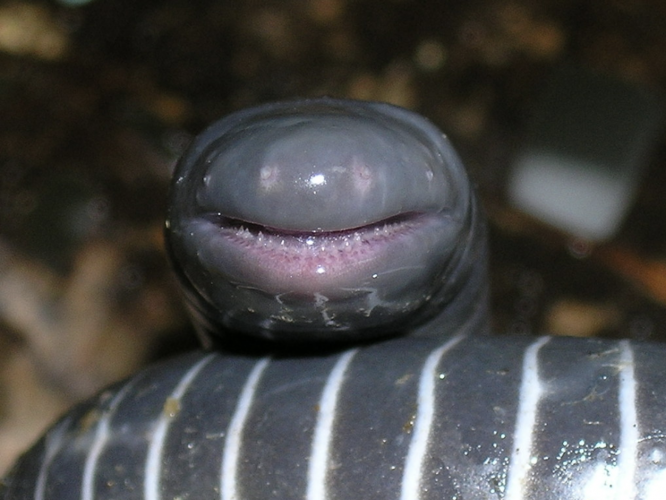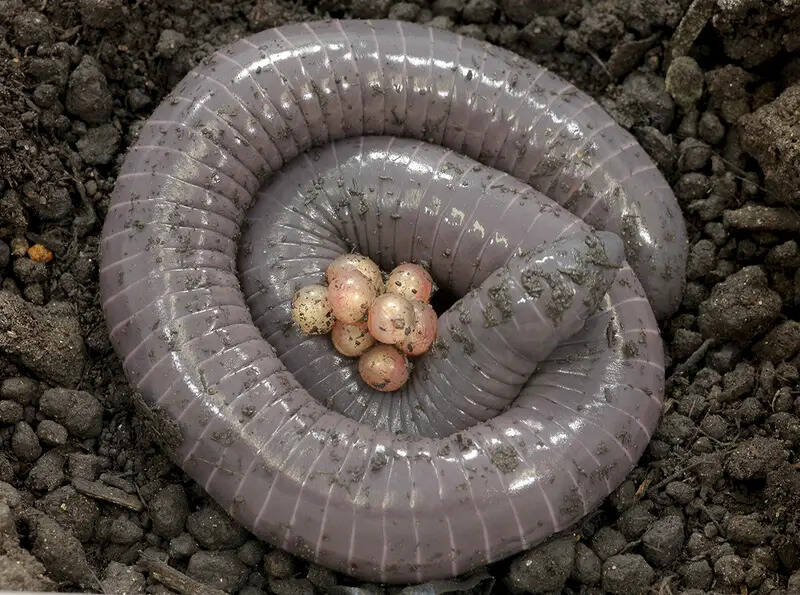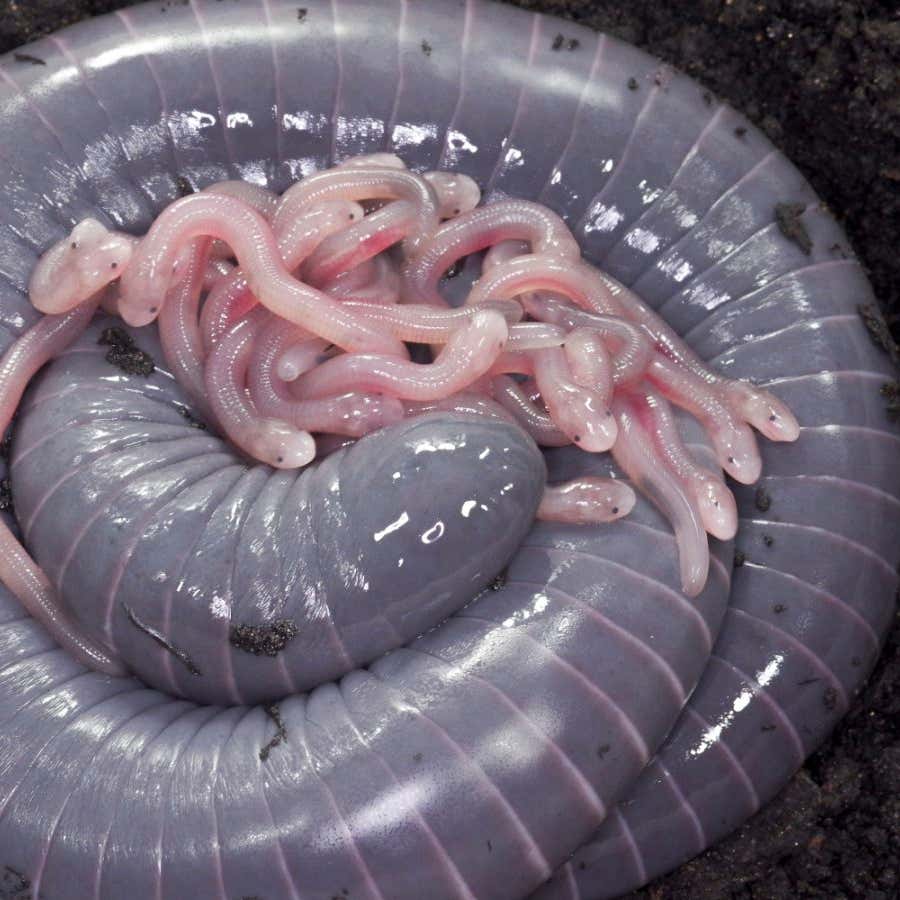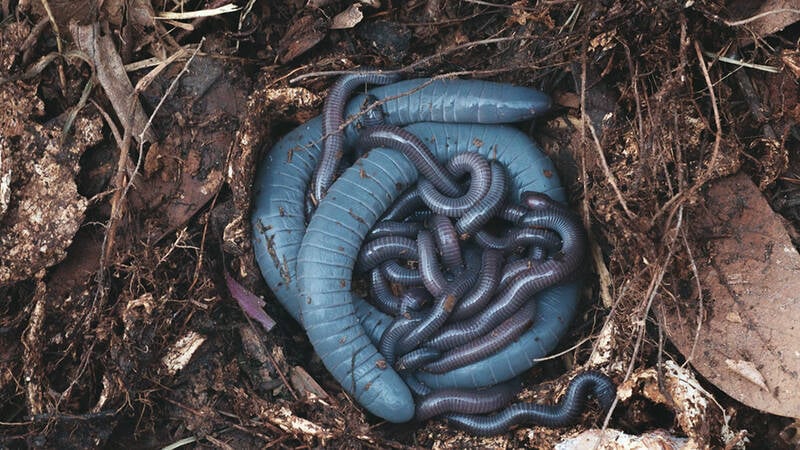A Startling Discovery: Amphibian Species That Lay Eggs and Nurse their Young
Scientists in Brazil have made a groundbreaking discovery: a species of amphibian that not only lays eggs but also nurses its young with “milk.” Unlike mammals, this species of caecilian produces nutrient-rich milk from its tail.
What makes this milk even more fascinating is that it also serves as a supplement to the mother’s skin, which contains a high concentration of proteins crucial for the development of the offspring. This discovery is revolutionizing our scientific understanding of the reproductive behavior of amphibians.

The ringed caecilian (Siphonops) is one of the 220 known caecilian species – a group of legless amphibians that spend a significant portion of their lives underground. While some caecilian species give birth to live young, there are also caecilian subspecies that lay eggs.
Carlos Jared, the lead author of the study published in the journal Science and a biologist at the Butantan Institute in São Paulo, says, “They are one of the least understood amphibian species because it is difficult to access them.”
The elusive nature of these creatures has made it challenging to discover their milk-producing ability. In fact, if not for nature documentaries by the BBC, researchers might not have observed the unique parenting strategy of these roundworm-like creatures.

Over a decade ago, a film crew working on the 2008 series “Life in Cold Blood” captured rare footage of a female ringed caecilian along with her offspring. The baby caecilians were seen relentlessly tearing at their mother’s skin. It was later discovered that the mothers develop a protein-rich outer layer of skin to nourish their young.
Co-author of the study, Marta Antoniazzi, another researcher at the Butantan Institute, says, “We were so drawn to this that we did not pay much attention to other behaviors we observed.”
The initial footage inspired researchers to delve deeper into the parenting strategies of the ringed caecilian. What they found has significantly changed their understanding of the behavior of these amphibians.

The research team meticulously examined the BBC footage, noting any other peculiar behaviors. They first noticed that the baby worms frequently stayed close to their mother’s burrow – a posterior hole that serves as their urinary, digestive, and reproductive outlet.
Jared explains, “The heads of the babies were always near their mother’s burrow. Some even ventured inside and seemed very excited.”
The researchers decided to compare the intestines, bubble, burrow, and egg duct of mothers with and without offspring. In the egg duct of the mothers, they found large glands filled with fatty acids and sugar-rich milk-like substances.
The composition of this “milk” closely resembles the milk produced by mammals.
Additionally, the researchers discovered that the young ones wriggle near the burrow and emit faint sounds to stimulate milk production in the mother. This behavior can occur up to six times a day and has never been observed in other amphibians.

These findings provide profound insights into the evolutionary traits of this species of worm. Researchers believe that the ability to produce milk and the associated nurturing behaviors have played a crucial role in the survival and reproductive success of these amphibians.
To learn more about this fascinating discovery, visit Business Today.
Reference: Allthatsinteresting
